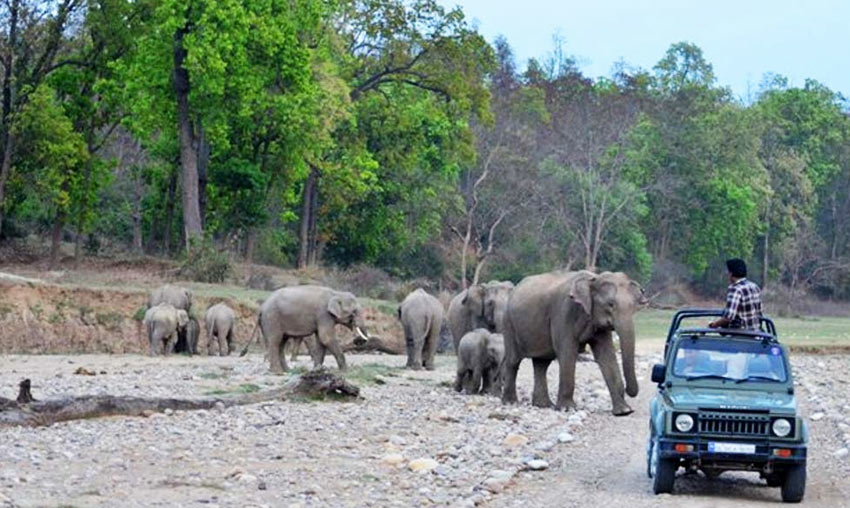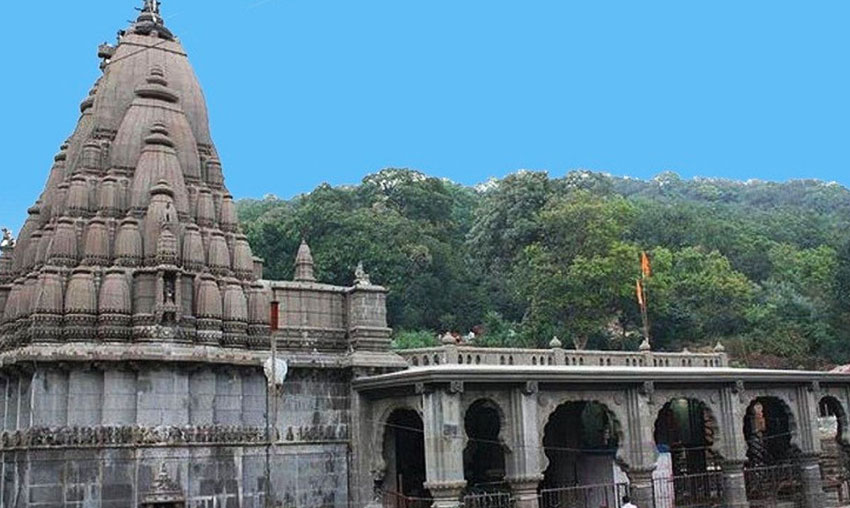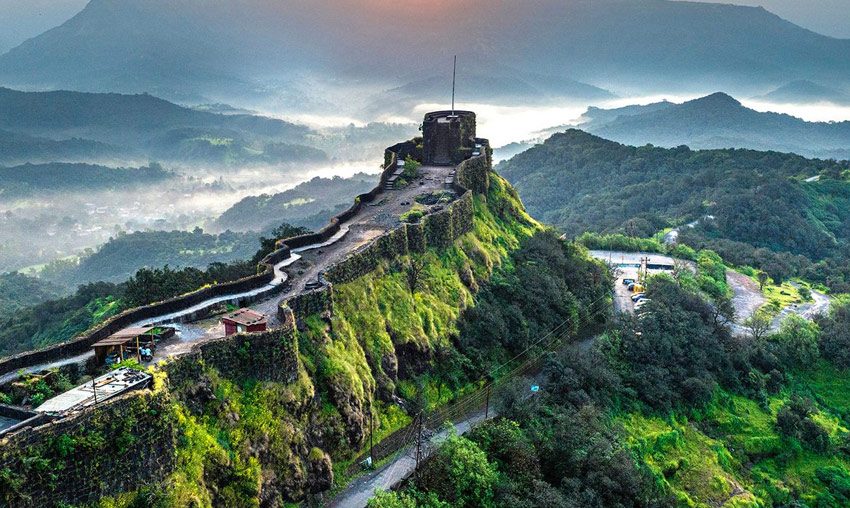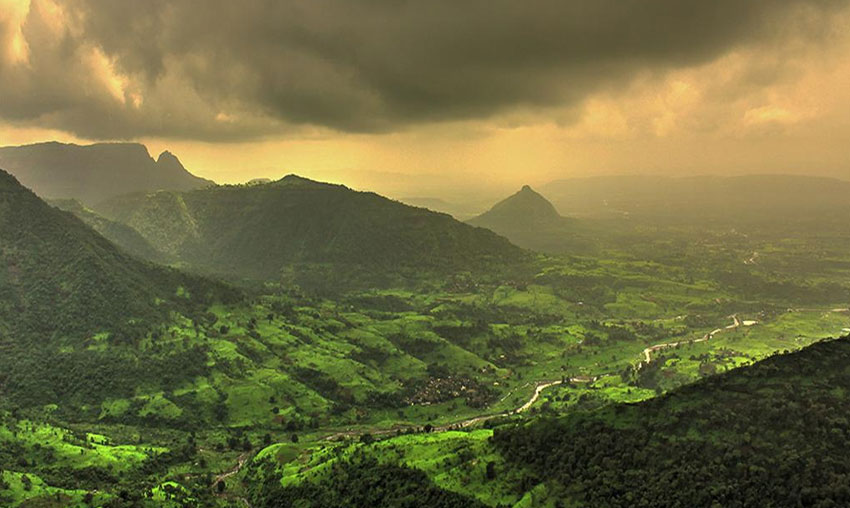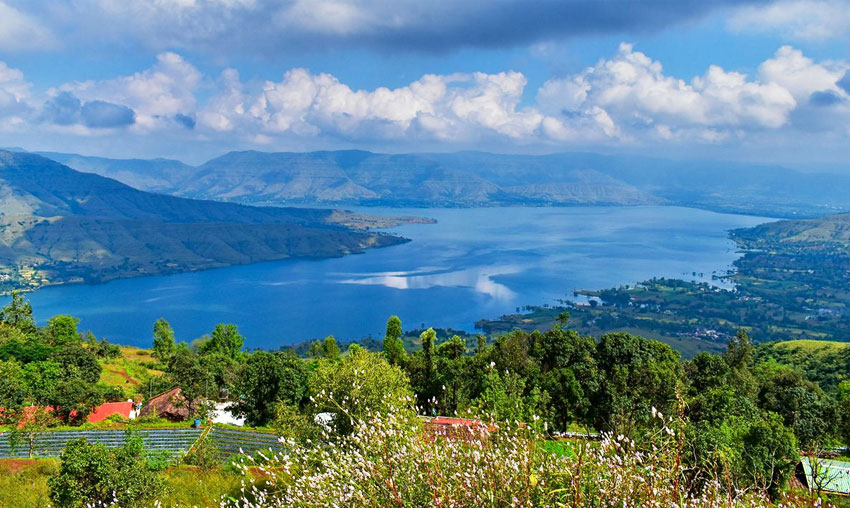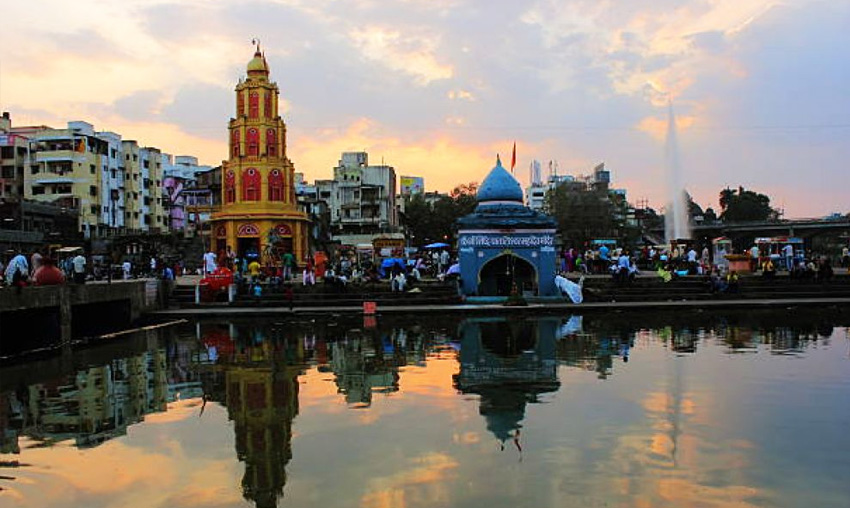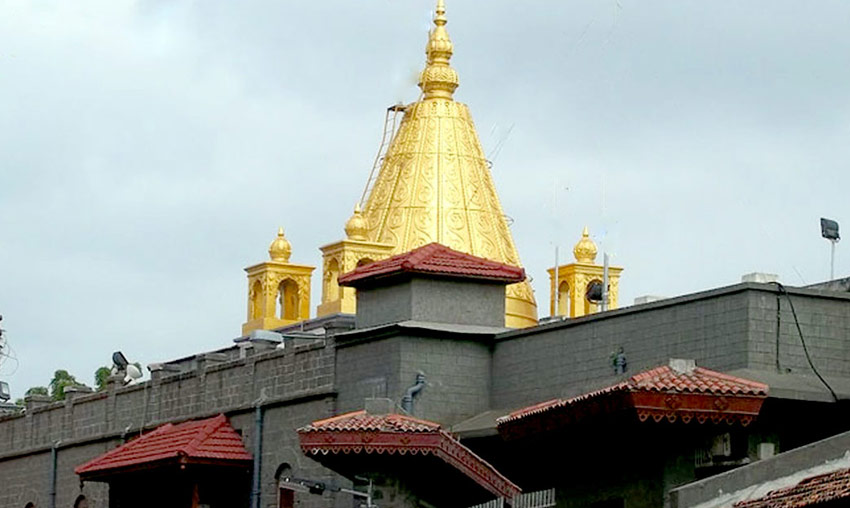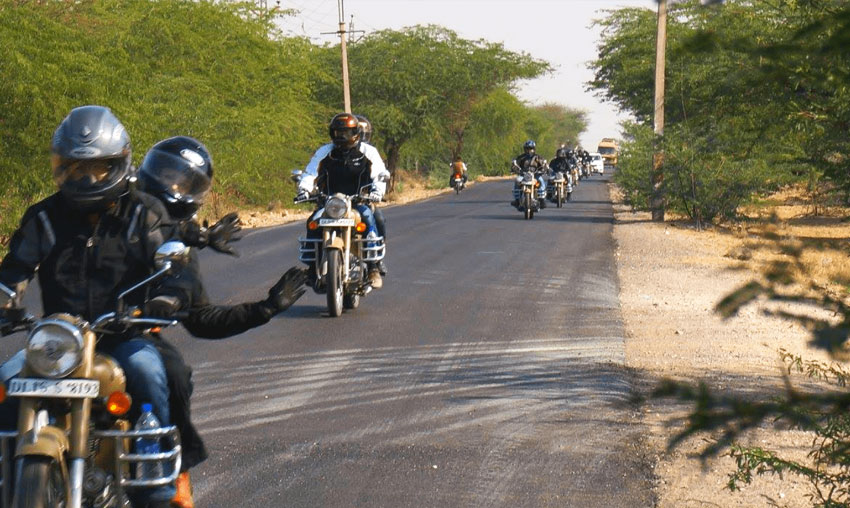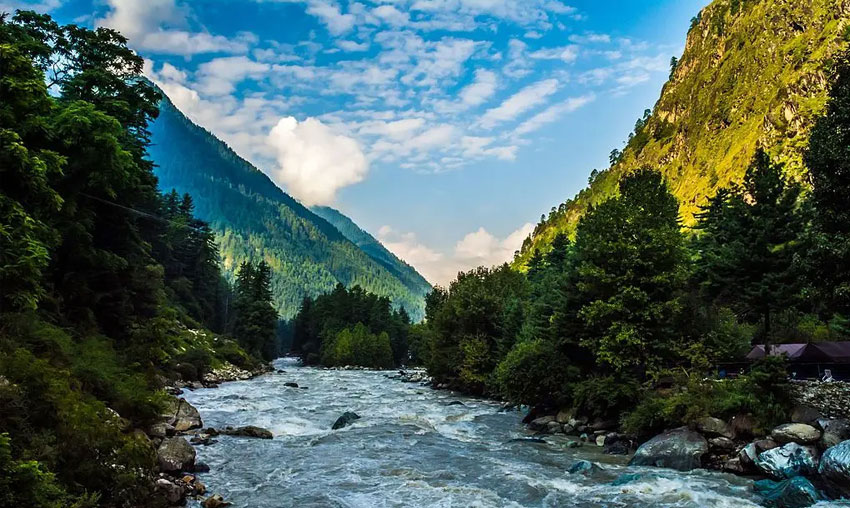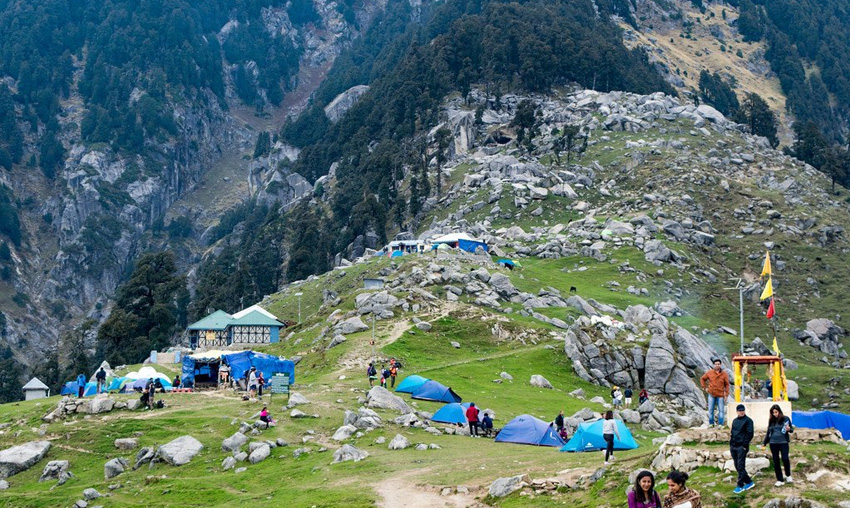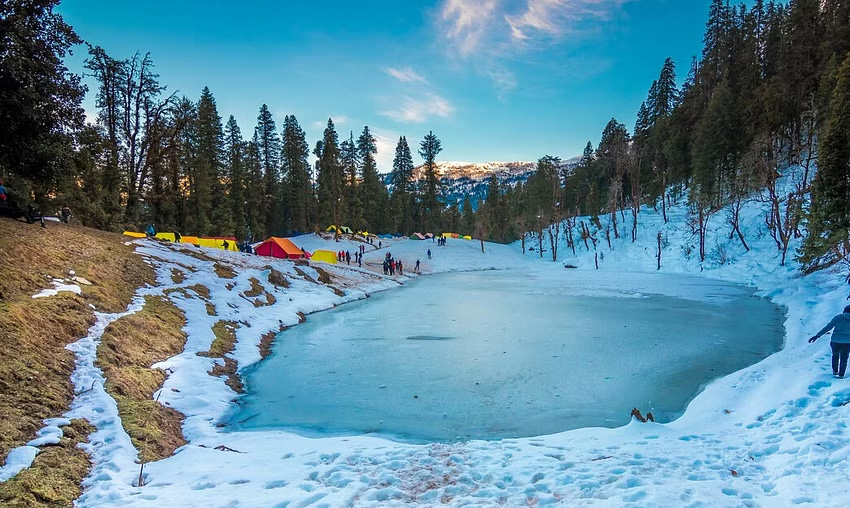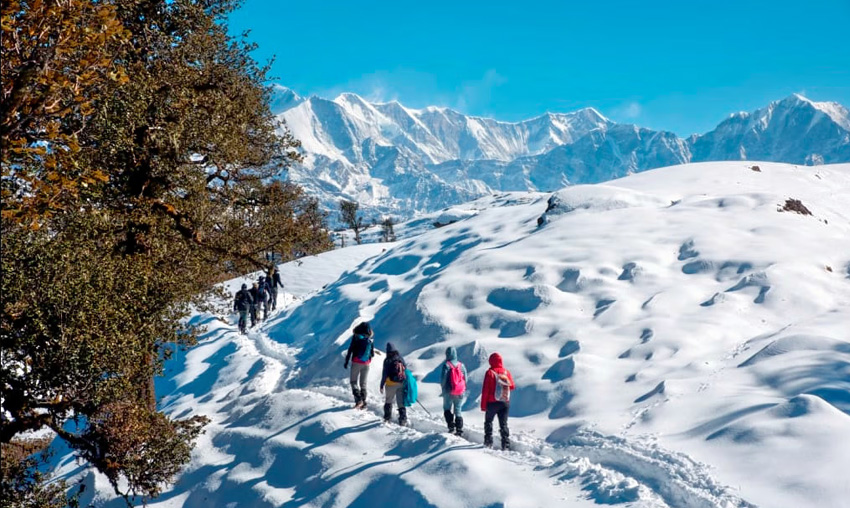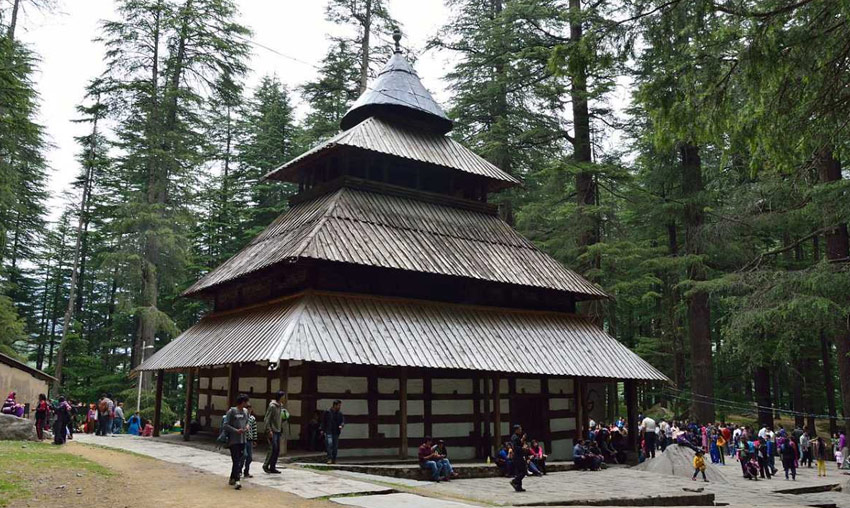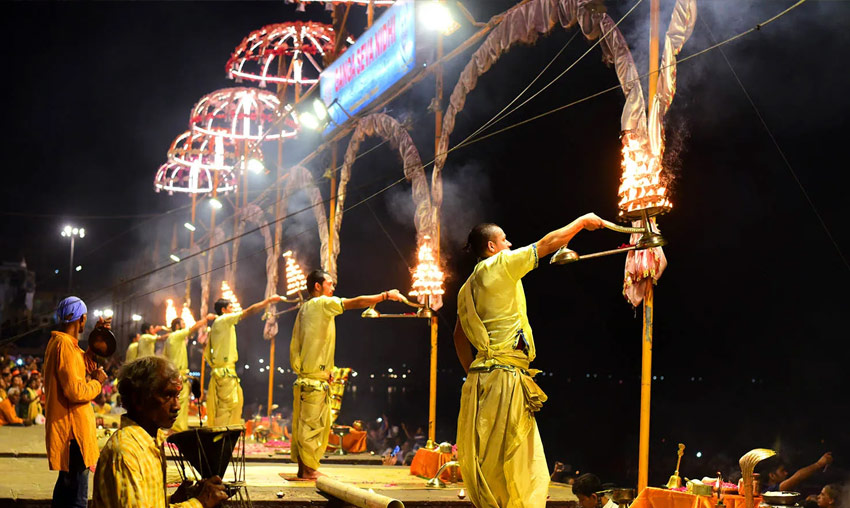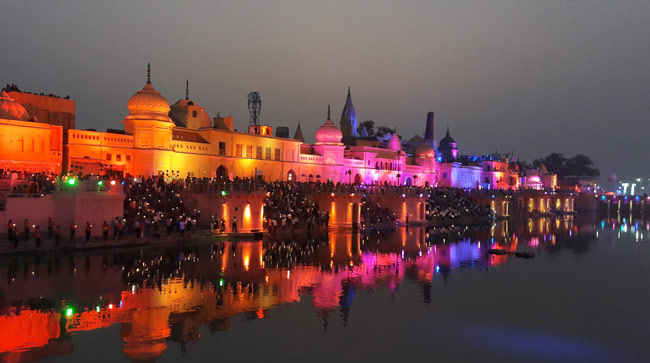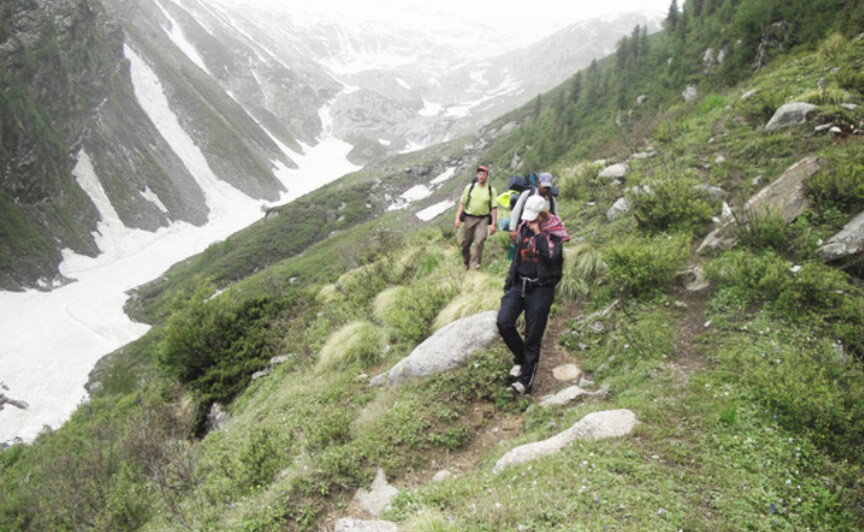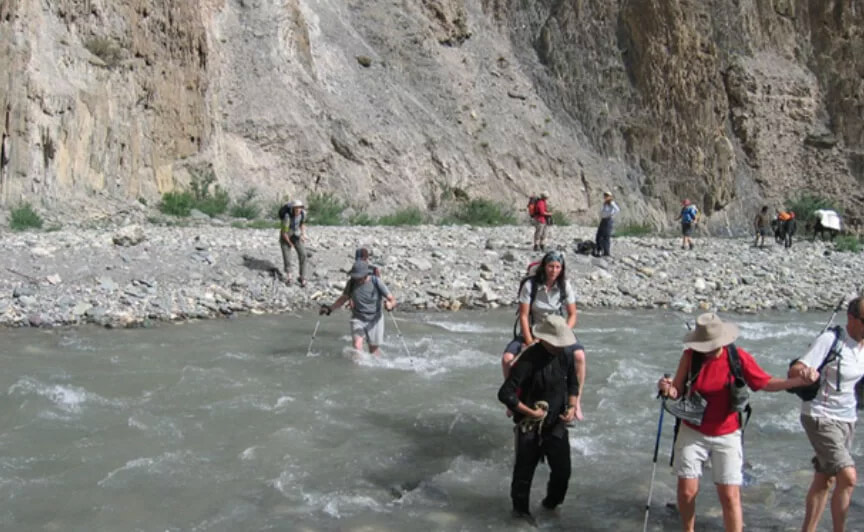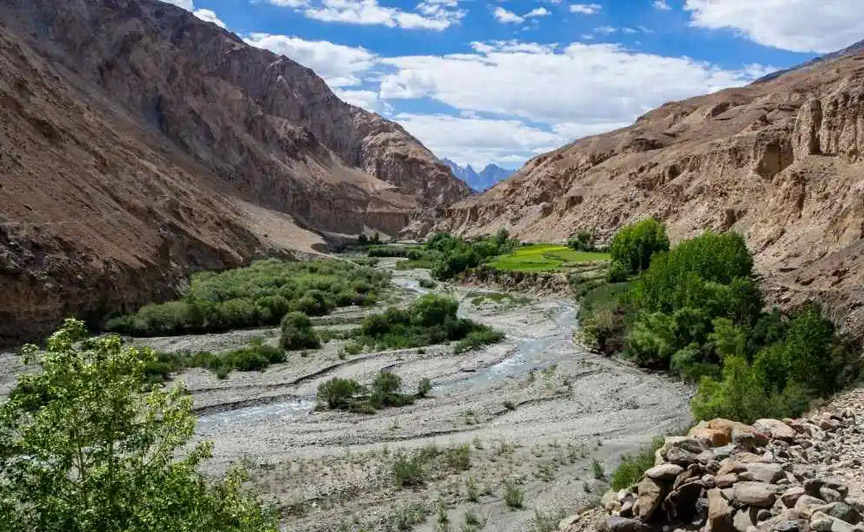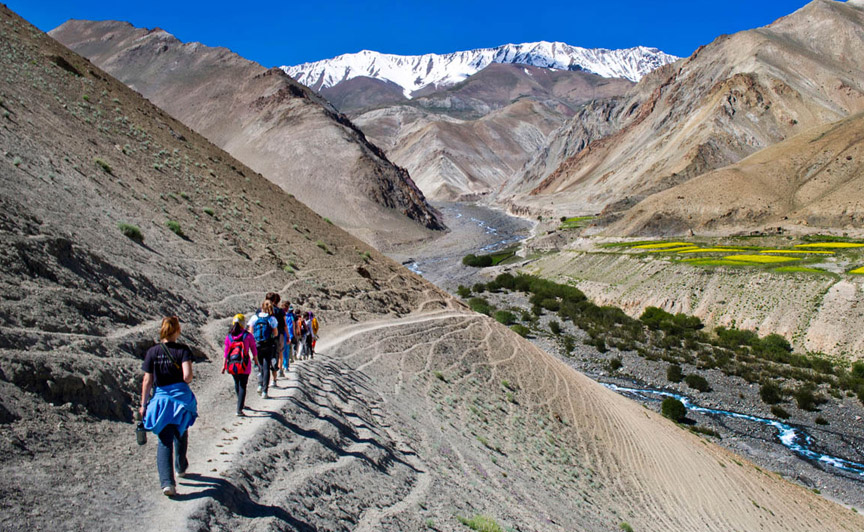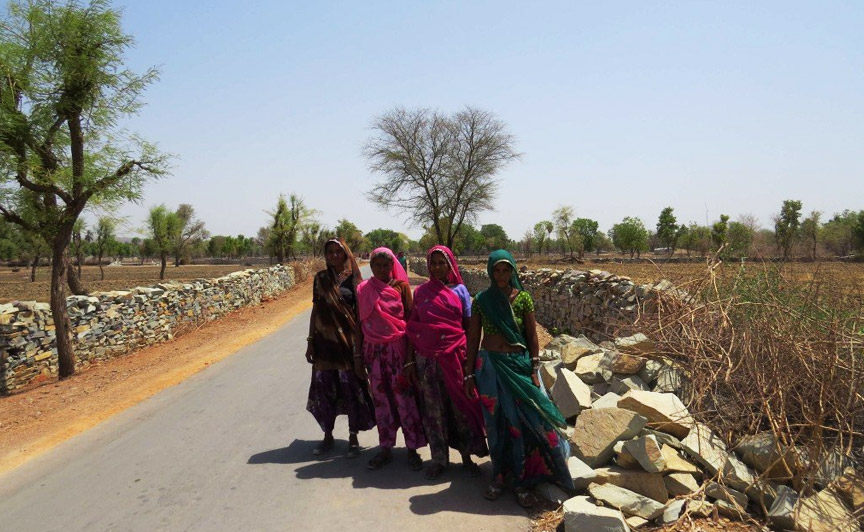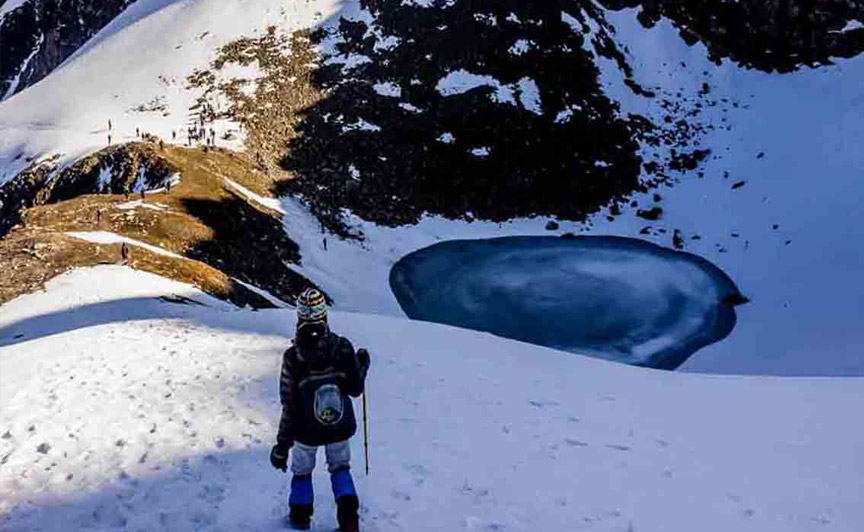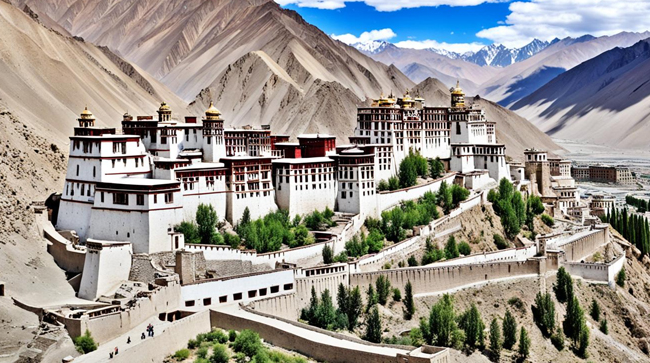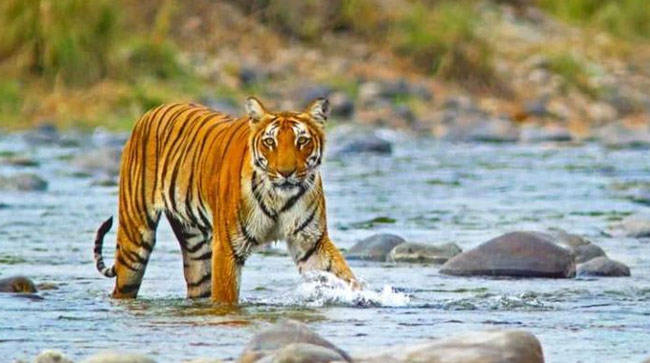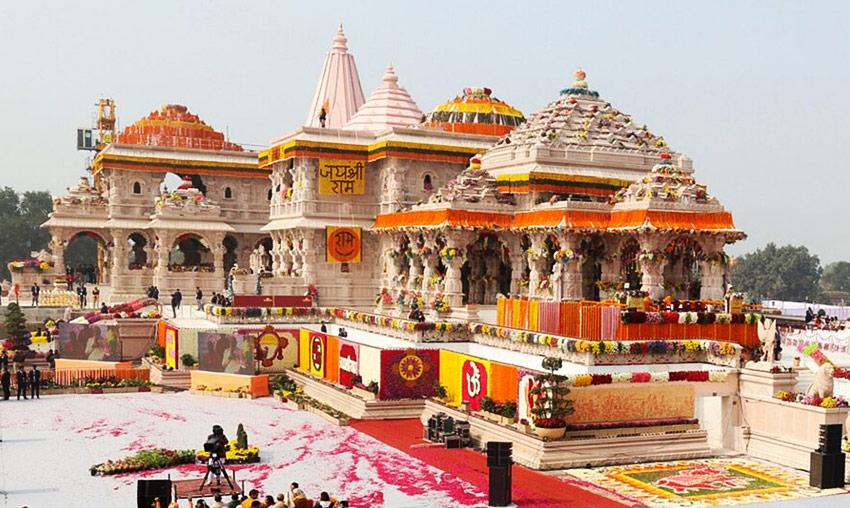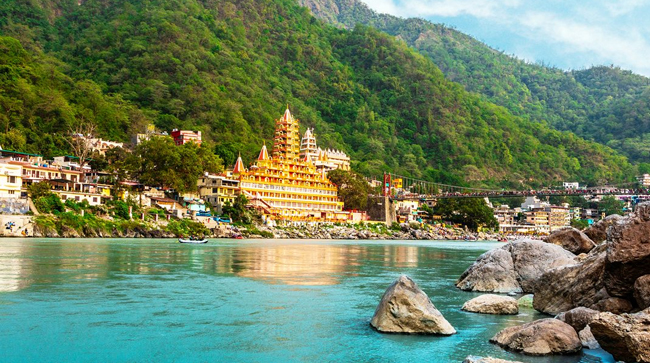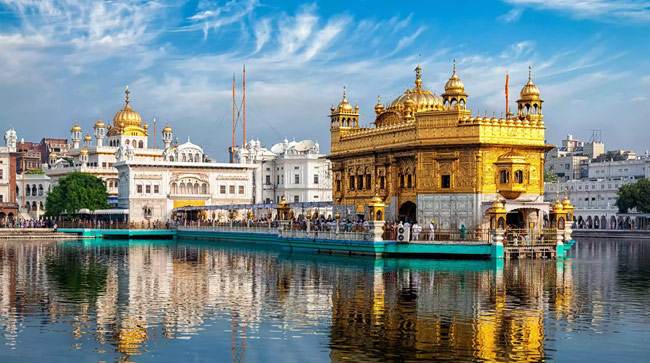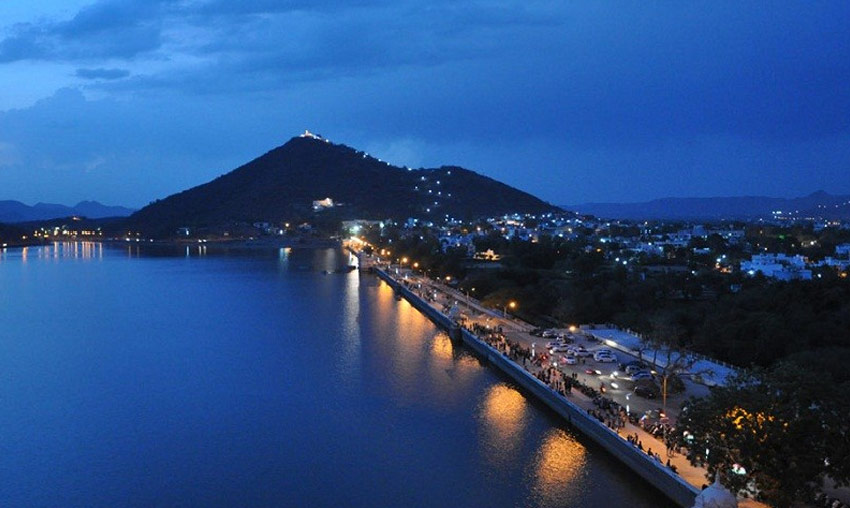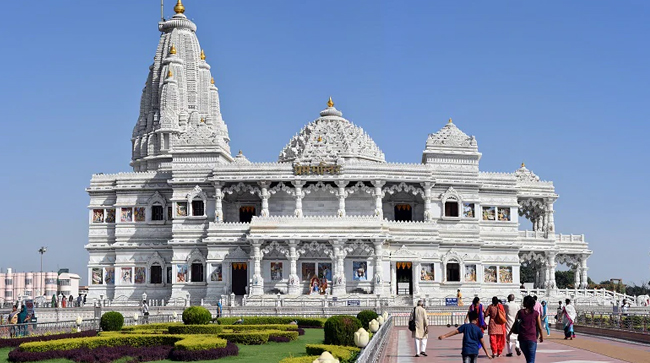Rajaji National Park Dehradun (Entry Fee, Timings, History, Images)
Rajaji National Park, which encompasses the Shivalik mountain ranges, is a fantastic vacation spot for both environment and animal lovers due to its abundance of flora and fauna.
Renowned for its fauna, particularly tigers and elephants, Rajaji National Park was recently designated a Tiger Reserve by the Indian government. This national park, which spans three districts in Uttarakhand—Dehradun, Haridwar, and Pauri Garhwal—was named in honor of C. Rajagopalchari. Additionally, this region is rich in priceless fossils that are up to 10 million years old. Sal, teak, and other shrubs are popular in the woodland area. With a Jeep Safari or Elephant Safari arranged by the Forest Department, you may experience the wildness and the great diversity of Himalayan life. The 34-kilometer forest trail is a popular destination.
Wildlife in Rajaji National Park
The lush green jungles that make up the majority of Rajaji National Park serve as a home for a variety of species. Rajaji National Park, which combines three diverse woods with unique life forms, is home to a vast array of flora and fauna.
The park is located near the northwest edge of India’s tiger and elephant ranges. The Asian elephant, Bengal tiger, Langur, Leopard, Jungle cat, Striped hyena, Sambhar, Bear, Barking Deer, Goral, Indian hare, Monitor Lizard, Sloth bear, Indian porcupine, and Rhesus macaque are among the other wild creatures that may be seen in the park.
One of the most well-liked attractions here is birding because of the abundance of birds. Among the 315 bird species that call it home are scimitars, babblers, starlings, hawk-owls, cuckoos, pheasants, hornbills, kingfishers, pea fowls, cormorants, lapwings, and partridges.
Throughout the winter, migratory birds call it home, and a variety of butterflies are a permanent presence amid the plants and shrubs.
The Ganga’s waters, which cut through the forest, are home to trout and masheer fish.
History of Rajaji National Park
Up until 1983, the forest’s 820 km length was divided into three distinct nature reserves, each with its own unique flora and animals.The enormous tract of land passes through the Uttarakhand districts of Haridwar, Dehradun, and Pauri Garhwal. C. Rajgopalachari (Rajaji), who was hunting in the wild, changed his mind and said he wanted to make it a wildlife reserve instead, which led to the creation of the park. Rajaji Sanctuary, the oldest, was established in 1948. Chilla was founded in 1977, and Motichur in 1964. The reserve has a significant fossil track that dates back thousands of years. It is estimated that the Shivalik path is at least 10 million years old.
Safari Timings at Rajaji National Park
The usual timings are 06:00 AM to 11:00 AM for morning sessions, 11:30 AM to 1 PM for birdwatching sessions inside the forest, and 2:30 pm to 5:30 pm for afternoon sessions. Depending on the season, the timings may undergo a slight change, which is notified in advance by the authorities in forest department.
Entry Fee for Rajaji National Park
For Indian Nationals: INR 750 per person
For Foreign Nationals: INR 1500 per person
For Jeep Safari: INR 1500 per Safari (INR 150 per person)
Flora
The national park is richly decorated with greenery that comes in a variety of tones. The Shivalik ecosystem is found there. Tropical and subtropical plants make up the Rajaji forest range, which is furnished with lush foliage of sal trees and bamboo stalks. The forestland is adorned with both riverine and deciduous broadleaf trees. Amaltas, Kydia, Kachnar, Lantana, Sandan, Acacia, and Chilla are among the flowering trees and shrubs that enhance the natural beauty of the forest by providing a constant burst of color. Conversely, the lush green cover is enhanced by Shorea, Bel, Ber, Pipal, Ficus, Adina, and Chamaror. When ripe, syzgium produces a sight to behold with its vibrantly colored fruits.
Best time to visit Rajaji National Park?
Since Rajaji National Park is closed during the other months, November through June is the ideal time to visit. Although it’s a little warmer from April to June, this is the best time of year to see animals. In order to fully explore the park, it is recommended to visit during the first part of the day. Additionally, the temperature stays comfortably cold or mild throughout the day throughout this period. The temperature will decrease on winter evenings, thus it is strongly advised to dress appropriately. However, the park is closed until November during the monsoon season since it is considered unfit for tourists.
